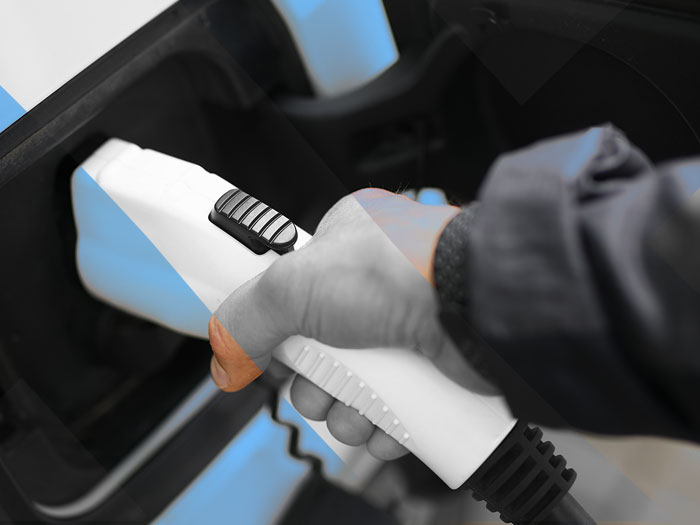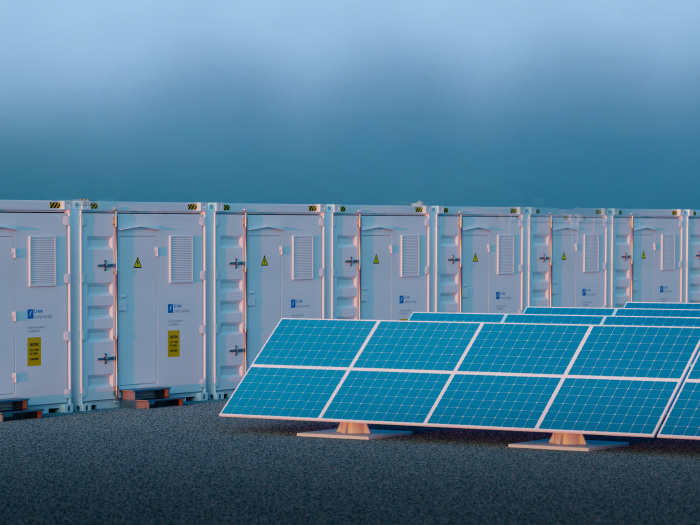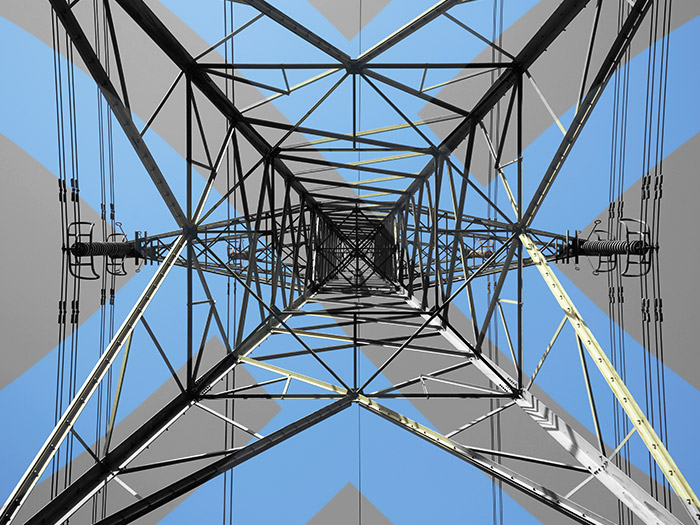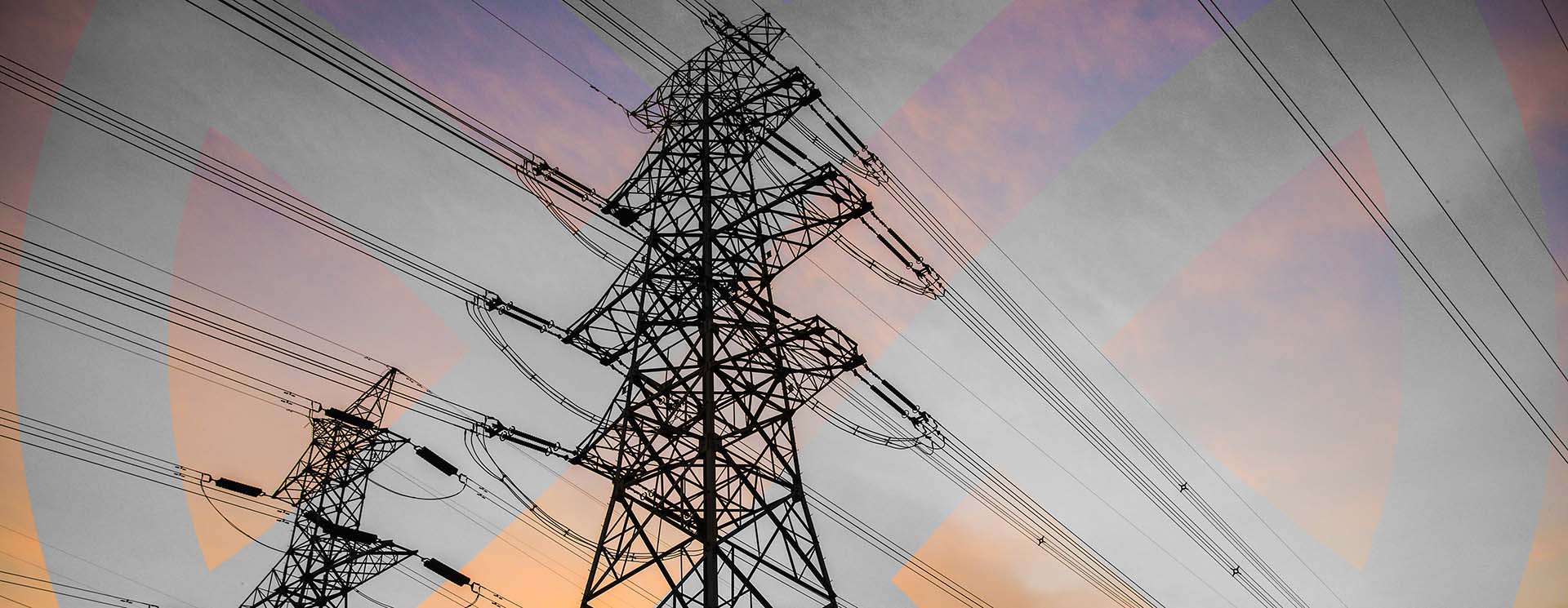
Insights
Posted 2 years ago | 6 minute read
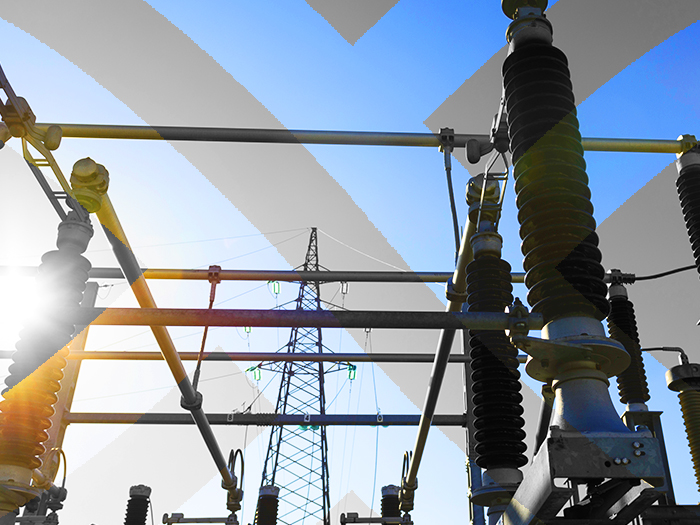
Triad season has begun, are you prepared?
For many consumers, the cost of their transmission charges has risen greatly in the past years and is no longer a charge which can be ignored. Businesses that are able to successfully forecast and reduce demand during a Triad event can unlock great savings. However, knowing when Triads occur can be complex, especially in these times of unprecedented disruption.
What are Triads?
National Grid determines the three highest half-hour periods of demand during the winter months. These are termed “Triads” and are used to calculate the charges an organisation will incur for using the network – the TNUoS charge.
To be recognised as a Triad these three half-hour periods must:
- Fall between 1st November and 28th-29th February
- Be separated by a clear window of at least ten days

TNUoS charges can be included as part of the agreed unit rates or shown separately as a pass-through cost. Pass-through rates allow greater flexibility for organisations to reduce energy demand during Triad periods, a practice known as “Triad avoidance”.
If you are charged for transmission separately, your average demand during the three Triad periods is multiplied by your regional tariff to determine how much you pay each year.
Under the current system businesses can employ a number of Triad avoidance measures to reduce their consumption through these times – thereby reducing their TNUoS charges, and their final electricity bill.
Key influencers
- Winter weather – The impact of cold weather on peak winter demand should not be underestimated. Triad periods regularly fall on cold snaps. For the coming winter the Met Office has warned of colder-than-average temperatures.
- Demand – The effect of the ongoing COVID-19 pandemic on UK demand also introduces a high degree of uncertainty compared to historical data. In addition, many companies already partake in some form of triad avoidance, which in turn impacts total demand during the periods.
- Increased embedded generation – Generation connected to local distribution networks – has continued to grow in 2021. As a result, it can influence outturn demand.
Change is on the horizon
In the 2018 Targeted Charging Review, Ofgem outlined its plans to reform the way use of the transmission and distribution networks is paid for. At the heart of this review was its desire to create a level playing field for network charges.
The networks can raise their regulated totals each year, so if one consumer avoids the charge, someone else will have to pick it up. Organisations with the ability to shift their consumption away from “peak” demand periods impacts on those with less flexibility. Ofgem decided that it is not fair that some parties are able to avoid a cost that will ultimately fall onto those unable to take actions to avoid it.
As a result, Ofgem decided, to supplement the existing Triad consumption-based system for TNUoS with a banding-based daily charging system, which should encourage businesses to manage their demand all year round – not just in winter.
From April 2023, the industry will switch to a fixed charge approach. This will fundamentally change how businesses benefit from peak avoidance. However, for the next two years, the calculation methodology for transmission network charges will remain as described.
The move to fixed charges means that Triad avoidance will no longer be an option. Businesses that have worked hard to avoid the winter Triads through demand shifting and shedding will have this price impact back.
Historically, for businesses able to reduce or shift energy volumes, Triad periods have provided an opportunity to make savings through flexibility by reducing consumption during peak periods. Even those who aren’t able to be flexible in their usage can mitigate the impact of Triads by increasing their energy efficiency. Under the new system, Triad avoidance will no longer be possible for many and, where it remains, the benefits will be significantly reduced.
In addition, businesses previously able to boost generation revenue by exporting energy to the grid at peak times, the reduction of Triads could affect their bottom line and reduce the benefits of having on-site generation. While those companies that participate in grid-balancing demand-side response schemes will still be able to benefit from doing so, they will lose out on the additional revenue available during Triad periods.
How to Reduce the impact
Rising energy prices coupled with the possibility of higher-than-normal TCR-related costs, mean now is a good time to review your energy strategy.
Everything from installing electric vehicle charging or batteries on-site to focussing on opportunities to gain revenue from market trading can help your business take significant steps towards reducing its carbon footprint and lowering business energy costs.
Here are our top 5 tips to reduce the impact of these changes on your bottom line.
- Procure with caution
Businesses looking for fixed contracts, especially those covering multiple years should proceed with caution. There may be a risk premium embedded in contracts in advance of the changeover date. It may be worth considering a hybrid of flexible tariffs, which could provide you with an opportunity to take advantage of downward market movements.
- Optimise your energy
Don’t just look at certain times of day, consider all times of day to reduce total consumption. Using advanced energy monitoring and control technologies will help identify and remove waste, unlock opportunities for energy efficiency, retro-commissioning and flag up anomalies that could signal an asset fault or need for maintenance.
- Find your flexibility
Understand your flexibility and use it to participate in other areas of the market. Whether that’s trading, an array of balancing services, efficiencies or asset optimisation, your flexibility has the potential to create additional revenue for your business and could more than offset the bill increase arising from the end of Triad avoidance.
- Take advantage of trading
Large industries are increasingly trading electricity through markets to better manage their energy supplies and reduce costs. But optimising asset requirements for participation in a growing number and fast-changing energy markets can be a challenge without the right technology or expertise. By forecasting everything from weather conditions, the need for balancing actions on the grid to short-term wholesale market prices, GridBeyond helps our clients manage flexible energy purchasing and on-site assets. Drawing upon Big Data and Machine Learning, our intelligent energy platform will create an optimised solution for your load and identify arbitrage opportunities across all available short-term markets. It will balance this with your assets, productions schedules, and flexibility strategy. Once an optimised solution has been created, our Robotic Trading function will make the best available trades for you in real-time – monetising your position continuously.
- Don’t wait
Most importantly don’t wait until the new era of energy charging is upon us, act now and secure your energy future. Companies considering investment in demand response technology need to take action now to secure paybacks within the remaining two years.
